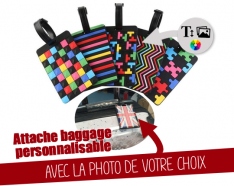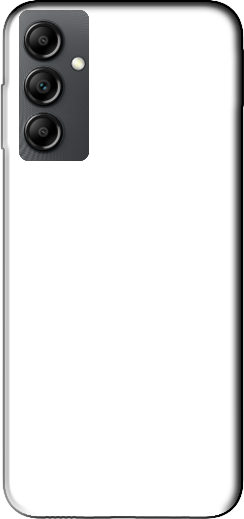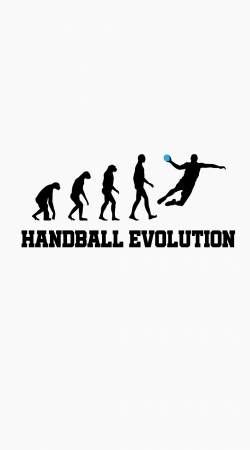Handball Evolution Luggage Tag
by sportShirt
A useful and elegant travel accessory of 11 x 6.5 cm.
After choosing one of your photos, logos, image, , personalize your door address and easily locate your suitcase among the others.
<h2>Luggage accessory</h2>
After you have personalized your suitcase for your travels. We have listened to you, and now we propose to customize the attachment address that you have to fix on your suitcases.
The attachment allows the carrier to identify the suitcase and return it to you if your suitcase gets lost during your trip.
When traveling with a company, this one offers ties to all these travelers. So why buy one? Why the custom?
<h2> Why have a luggage design and original?</h2>
Never lose your luggage again with our distinguishable Mobilinnov luggage tags. These are the ideal accessory to your briefcase, laptop bag, and backpack. These unique identifiers makes your luggage stand out, and also let you show your favorite Mobilinnov artwork front and center. Mobilinnov luggage tags are made from a durable material to endure daily use. These luggage tags are precut to accept standard bag tag straps, which are included with the tag and printed on one side.
Design Handball Evolution Luggage
<p> Fan of hanball? from Nikola Karabatic? You practice this sport, so dress and protect your smartphone with our handball evo protection. We see the evolution of man. He was a monkey to become a handball champion. Looking to progress in this sport? To succeed to jump always higher. So start by adopting this print as a way of life! </P> <h3> Handball Rules </h3> <h4> how long a handball game lasts </h4> <p> The normal duration of a match is 90 minutes. In a handball match, there are two half-time games with a 10-minute break. </P> <h4> How many handball players </h4> <p> A hand team is made up of a goalkeeper of goal and six field players: two wingers, two backs, a half center and a pivot. </p> <h3> Who created the handball </h3> <p> This sport was created by a teacher of Danish gym in 1906. The current rules were written by German Max Heiser, Karl Schelenz, and Erich Konigh in 1917. </p>






